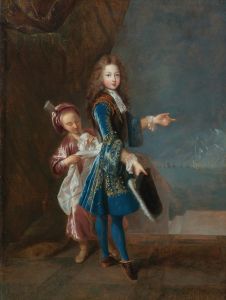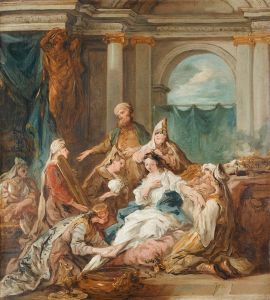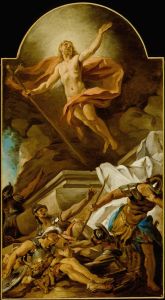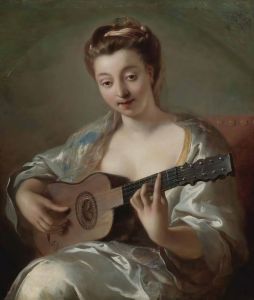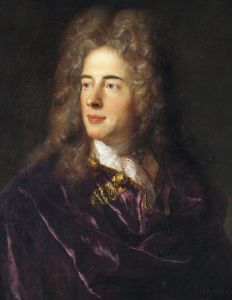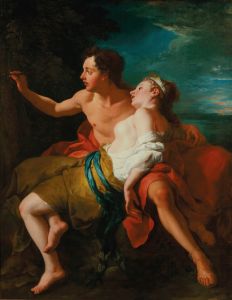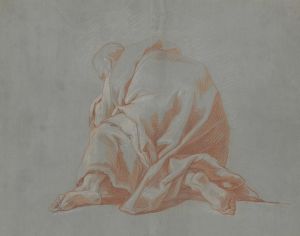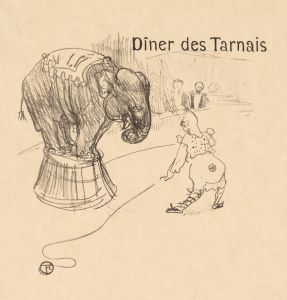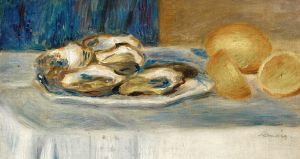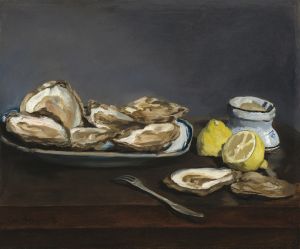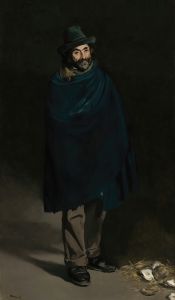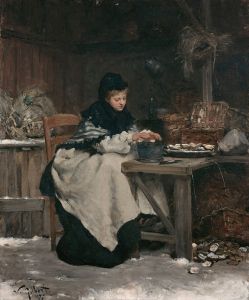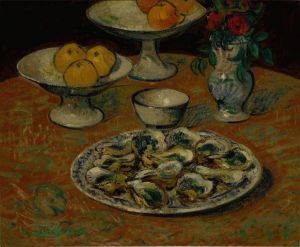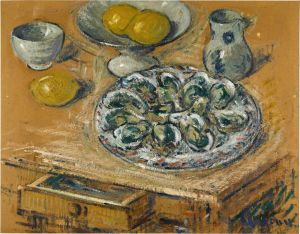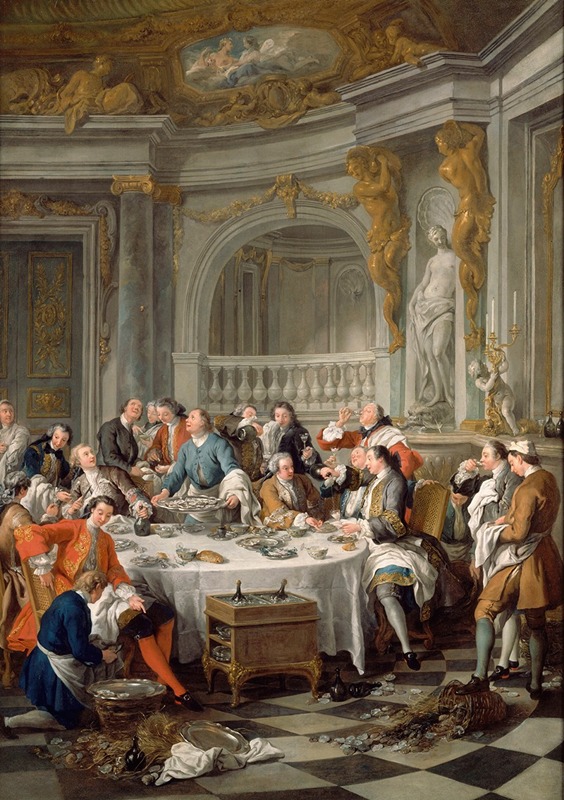
Le Déjeuner d’huîtres
A hand-painted replica of Jean-François de Troy’s masterpiece Le Déjeuner d’huîtres, meticulously crafted by professional artists to capture the true essence of the original. Each piece is created with museum-quality canvas and rare mineral pigments, carefully painted by experienced artists with delicate brushstrokes and rich, layered colors to perfectly recreate the texture of the original artwork. Unlike machine-printed reproductions, this hand-painted version brings the painting to life, infused with the artist’s emotions and skill in every stroke. Whether for personal collection or home decoration, it instantly elevates the artistic atmosphere of any space.
Le Déjeuner d’huîtres (The Oyster Luncheon) is a painting by the French artist Jean-François de Troy, completed in 1735. This work is notable for being one of the earliest depictions of a social gathering centered around the consumption of oysters, a delicacy associated with luxury and refinement in 18th-century France. The painting is an exemplar of the rococo style, characterized by its light-hearted themes, elegant compositions, and attention to detail.
The painting was commissioned by King Louis XV to decorate the dining room of the Château de Versailles. It was part of a series of works intended to celebrate the pleasures of dining and social interaction, reflecting the opulent lifestyle of the French court during the period. Le Déjeuner d’huîtres is particularly significant as it is considered one of the first depictions of champagne being consumed, with one of the figures in the painting seen opening a bottle, and the cork flying through the air. This detail highlights the growing popularity of champagne as a symbol of sophistication and festivity in 18th-century France.
The composition of the painting features a group of elegantly dressed men seated around a table, engaged in lively conversation and enjoying oysters and wine. The scene is set in a richly decorated interior, with fine tableware and luxurious furnishings that emphasize the wealth and status of the participants. The artist's use of light and color enhances the convivial atmosphere, while his attention to the textures of the fabrics, glassware, and food adds to the realism of the scene.
Jean-François de Troy (1679–1752) was a prominent French painter known for his genre scenes and historical works. He was particularly skilled at capturing the nuances of social interaction and the subtleties of human expression, which are evident in Le Déjeuner d’huîtres. The painting reflects the cultural and social values of the French aristocracy during the reign of Louis XV, offering a glimpse into the rituals and pleasures of elite dining.
Today, Le Déjeuner d’huîtres is housed in the Musée Condé in Chantilly, France. It remains an important example of rococo art and a valuable historical document of 18th-century French court life. The painting continues to be studied for its artistic merit and its insights into the customs and material culture of the period.





